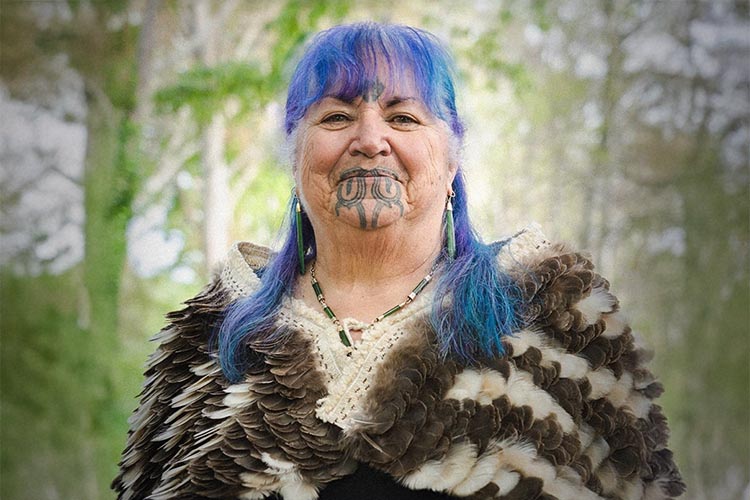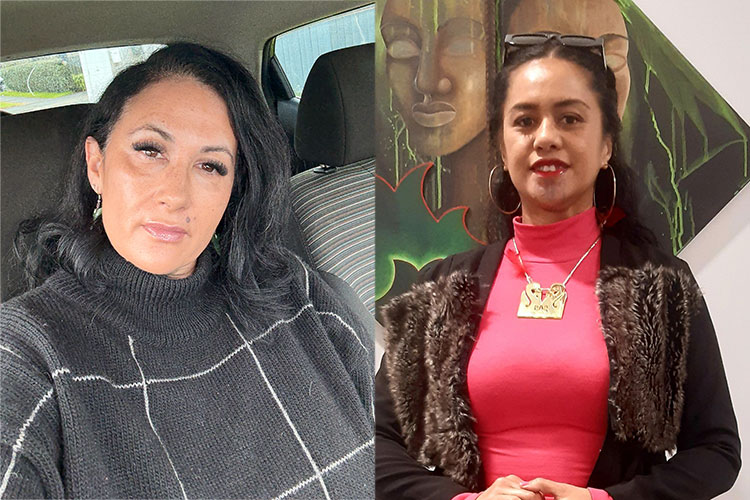Popular Marae DIY TV landscaper David Clayton-Greene is a man who walks comfortably into a boardroom or a marae.
David aka DCG is the founding landscape artist of the Marae DIY television programme that has transformed about 100 marae throughout Aotearoa over the past 13 years.
He also runs a commercial design and landscaping business based in Tauranga that services the North Island.
The 60-year-old may dress like a landscaper but he moves like the conductor of an orchestra getting the best out of all the whānau who have rolled up their sleeves keen to get stuck into the business of DIY at Ohinewaiapu marae.
Like a seasoned professional, he sets up a task for a team leader and a group then steps away.
“I’ve just been down the beach and took two people down there to look at getting some driftwood and stones, what will happen is that they will organise whānau to do that.”
David has observed that Māori prefer to work in groups and it's a working dynamic that he encourages on the marae makeovers.
“All of the young girls have been painting alongside all the adults and that is so cool instead of just drying the dishes in the kitchen. They feel like they’ve made a difference and when they come back to the marae it will feel like theirs and that’s the key.”
David’s knowledge of te reo Māori and tikanga have come a long way since he walked on to his first DIY Marae project in 2003 with Hula Haka business partners Nevak Rogers and Mike Jonathan who dreamed up the Marae DIY concept originally for Māori Television.
“ At that point in my life as a Pākehā, I had never been on a marae. My first marae was Omarumutu, Whakatohea near Whakatane since then I have been on hundreds,”
“On that initial hikoi, Mike Jonathan taught me a mihi that I mispronounced and all I was greeted with was being encouraged with aroha. I feel my mihi is better and my pronunciation is better -because my pākehā friends can't understand me.”
He began learning te reo on a Te Wānanga o Aotearoa programme and then moved to a Te Ataarangi course that helped him improve his proficiency and he strings several Māori words together with English during the four-day makeover.
“For me the Maori world is a parallel thread that runs through New Zealand and I suppose learning te reo becomes part of New Zealand language which is a really good merging of that.”
David has enjoyed the makeover of Ohinewaipu marae. He says the people are a reflection of the Waiapu River. “It’s lovely here it’s a nice gentle flow much like the people.”




































